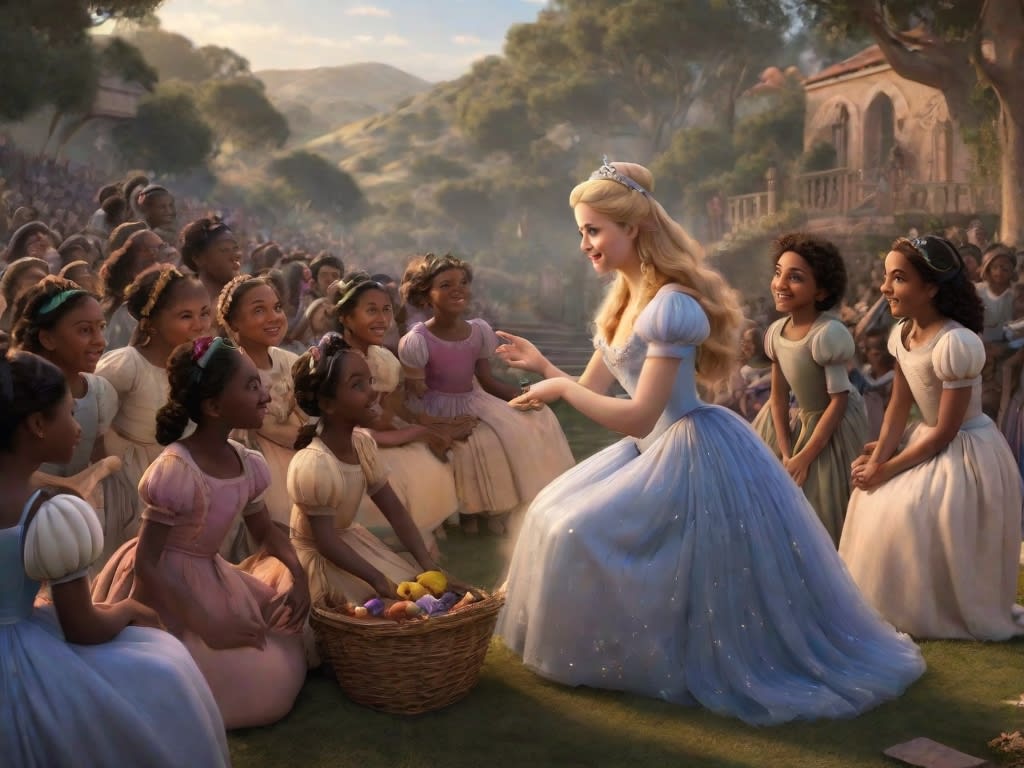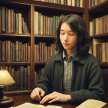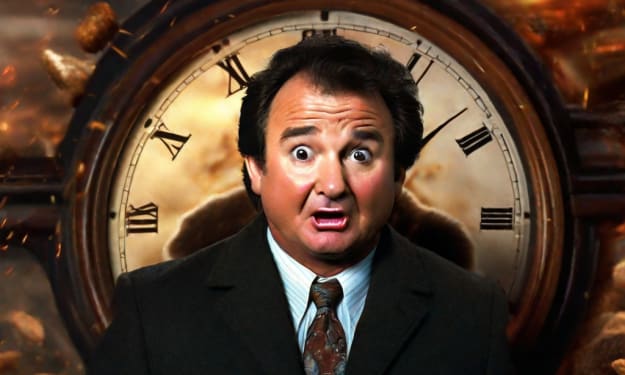Cinderella's Unveiled Strength: A Tale of Resilience and Self-Discovery
The Cinderella Story Reimagined: Beyond Glass Slippers and Happily Ever Afters

The Cinderella story is a classic fairy tale that has touched the hearts of many for centuries. We are all familiar with the story: a young girl who is treated very poorly by her stepmother and stepsisters, but thanks to the help of a magical fairy godmother and her glass slippers, Cinderella gets the chance to meet the handsome Prince Charming and live happily ever after. But have you ever imagined what would happen if Prince Charming failed to find the owner of the lost glass slipper, namely Cinderella?
Cinderella's life is one that is trapped in hardship. Every day, she has to endure the harsh treatment and heavy labor imposed on her by her wicked stepmother and stepsisters. She dreams of an escape from her difficult life, and the upcoming royal ball seems to be the perfect opportunity. She diligently prepares herself, adorning a beautiful gown and her magical glass slippers, then sets off for the grand royal soirée.
Yet, as often happens in the realm of fairy tales, destiny takes an unforeseen turn. Upon Cinderella's arrival at the royal ball, she and Prince Charming fall in love at first sight. They dance the night away, and Cinderella believes that all her dreams are on the verge of coming true. However, as the clock approaches midnight, she remembers the magical stipulation set by her fairy godmother: she must depart the festivities before the stroke of twelve, or all her enchantments will revert to their original state.
Cinderella flees the ball, but in her haste, one of her glass slippers slips from her foot and is left behind on the palace staircase. Prince Charming, desperate to ascertain the identity of the mysterious woman who has stolen his heart, embarks on a quest to find her. He visits Cinderella's home, and here, the original story culminates. The Prince attempts the glass slipper on the feet of the kingdom's maidens, and when he finally locates the perfect fit, he knows he has found his beloved Cinderella.
However, in the alternative version we are now exploring, the glass slipper is never found by Prince Charming. He searches throughout the kingdom, but none can wear the glass slipper perfectly. Cinderella's life continues in torment, and she remains imprisoned in her role as a servant in her own home.
Prince Charming himself may become increasingly frustrated and despondent as he fails to find the woman who wore the lost glass slipper. He might order further searches throughout the realm, but without clear clues, this proves to be an arduous task. Ultimately, he may seek a life partner elsewhere, marrying a noblewoman from another family or a neighboring kingdom.
Without the lost glass slipper, Cinderella's story takes on a tragic hue. She persists in her struggle and remains trapped in servitude, forced to find a path to happiness and freedom without Prince Charming or the aid of magical intervention. Her character undergoes a different kind of growth, as she seeks to build resilience and strength in the face of her harsh circumstances.
This version of the story may be more realistic than the familiar fairy tale, but it highlights Cinderella's inner strength and determination in the face of adversity. It illustrates that not all stories end with a "happily ever after"; some conclude with a more profound exploration of the human spirit's resilience and ability to overcome even the direst of circumstances.
While the classic Cinderella story has enchanted generations with its magical elements and promise of a better life, this alternative version offers a different perspective. It delves into the darker aspects of the original narrative, where the glass slipper is not a symbol of hope but a haunting reminder of what might have been.
In this retelling, the narrative takes a dramatic turn, and the focus shifts from the fantastical elements to the emotional and psychological journey of the characters, particularly Cinderella. Her struggle for survival and her quest for personal agency become central themes.
The story of Cinderella has always been a tale of resilience, and in this version, that resilience is put to the test. Without the intervention of the prince or the magic of the glass slipper, Cinderella must rely on her inner strength and resourcefulness to transcend her circumstances. She becomes a symbol of empowerment, showing that one can overcome adversity through determination and resilience.
The absence of the prince's search for the glass slipper also serves as a commentary on the idea of external validation. In the traditional narrative, Cinderella's worthiness is determined by her ability to fit into a slipper, a symbol of her physical attributes. In this alternative version, the emphasis shifts to her character, her strength of spirit, and her capacity to shape her own destiny.
As Cinderella's character evolves in this retelling, she becomes a more complex and relatable figure. Her struggles and challenges make her a character with whom the audience can empathize. Her journey is not just about finding love but also about discovering her own inner power.
The absence of the traditional "happily ever after" ending challenges the notion that happiness is solely dependent on external factors. Cinderella's quest for happiness becomes a quest for self-discovery and personal growth. Her triumph over adversity is a testament to the human spirit's ability to adapt and thrive in the face of hardship.
This alternative version of Cinderella also raises questions about the role of societal expectations and gender dynamics. It challenges the idea that a woman's worth is determined by her ability to find a suitable husband. Instead, it highlights the importance of self-determination and the pursuit of one's own dreams and aspirations.
In conclusion, the retelling of the Cinderella story without the prince's search for the glass slipper offers a fresh perspective on a classic narrative. It explores themes of resilience, self-discovery, and personal empowerment. While the traditional tale has its enchanting qualities, this alternative version provides a more nuanced and relatable portrayal of Cinderella's journey. It reminds us that true happiness comes from within and that, with determination and resilience, anyone can shape their own destiny.
About the Creator
Adrian Wordsmith
Embark on a literary adventure with me, a passionate writer and storyteller. Let's unlock mysteries, explore emotions, and find solace in the power of words. Join the journey!






Comments (2)
I wish some one would do an analysis of The little mermaid, and Aladdin as well. These old Legendary tales too have deep and symbolic meanings that when explained in a new light can aquire a new meaning.
"I love how this story challenges traditional gender roles and shows that women are more than just objects of male desire."